There’s nothing more frustrating than mopping your floors, only to find them feeling tacky or sticky under your feet an hour later. It’s a counterintuitive problem that can make you feel like your hard work was for nothing. You scrubbed, you cleaned, but the floor feels dirtier than when you started.
If this sounds familiar, take a breath. The problem isn't your effort—it's a misunderstanding of what actually causes that sticky feeling. The solution isn't to scrub harder; it's to fix the cleaning process itself.
This guide will walk you through a clear diagnosis of why your floors get sticky and provide a professional method to strip old residue, clean correctly, and finally maintain that truly clean, non-tacky floor you’ve been after.

Why Are Your Floors Sticky?
Before you can find the right solution, you have to understand the problem. In almost every case, that sticky feeling comes down to one of a few common culprits that have more to do with your cleaning method than the dirt itself.
4 Most Common Causes of Floor Stickiness

- Cleaner Residue: Most floor cleaners contain ingredients called surfactants. Their job is to lift dirt, but they are often designed to leave a microscopic film behind. This leftover chemical residue is inherently tacky and acts as a "dirt magnet," attracting new dust and grime and starting the sticky cycle all over again.
- Using Too Much Product: This is the single biggest mistake. Every cleaner has a recommended dilution rate—the perfect mix of cleaner and water. When you use too much soap, there isn't enough water to rinse it all away, guaranteeing a sticky, soapy residue is left on the floor.
- Dirty Water and Mops: If you mop your whole floor with a single bucket of water, you’re not really cleaning. After the first few passes, you're just redistributing a thin film of dirty, soapy water across the entire surface, which dries into a tacky layer.
- Grease and Spills: While cleaning residue causes widespread stickiness, stubborn sticky spots are often from the kitchen. Cooking oils can create a greasy film, and sugary spills from juice or soda will leave a tacky patch if not cleaned up thoroughly.
Recommended Method to Deep Clean Any Sticky Floor
This is the complete, step-by-step process professionals use to tackle sticky floors. Mastering this technique is more important than the specific brand of cleaner you choose because it removes the root cause of the problem: buildup.
Step 1: Always Start with a Dry Prep
This is a non-negotiable first step. Following the proper vacuum-first, then-mop cleaning rule, you must remove all loose debris like dust, hair, and crumbs. If you skip this, you’ll just turn that dry dirt into a "muddy slurry" that your mop will spread around, creating streaks and adding to the sticky film.
Step 2: Strip Old Residue with a "Reset Rinse"
Now, it's time to strip the invisible film of old cleaner that’s causing the stickiness. The best way to do this is with a simple, effective solution that cuts through the buildup without adding more soap.
Mop your entire floor with a solution of 1 cup of white vinegar per gallon of warm water. The natural acidity of the vinegar neutralizes and breaks down the alkaline soap residue left behind by old cleaners. For heavy buildup, you may need to repeat this step.
Step 3: Mop Correctly with the Two-Bucket System

This is the professional secret to stop re-contaminating your floor. Instead of using one bucket that gets progressively filthier, you use two.
- Bucket One (Solution Bucket): Contains your properly diluted cleaning solution (or just the vinegar/water mix).
- Bucket Two (Rinse Bucket): Contains clean, plain water.
Dip your clean mop in Bucket One and wring it out. Mop a small section of the floor. Then, before getting more cleaner, rinse the dirty mop thoroughly in Bucket Two. Wring it out completely before dipping it back in Bucket One for a fresh solution. This disciplined process ensures dirt is removed from the floor and trapped in the rinse bucket, not spread back onto your floor.
Adjusting Your Cleaning for Different Floor Types
Using the right technique is critical, but using the right solution for your specific floor is essential to avoid costly damage. What works on tile can permanently ruin natural stone.
|
Floor Type |
Recommended DIY Solution |
|
Sealed Hardwood |
pH-neutral wood cleaner is safest. (Optional: 1/4 cup white vinegar per gallon of water) |
|
Laminate |
Spray bottle with equal parts water, vinegar, & isopropyl alcohol. |
|
Tile, Vinyl, & Linoleum |
1 cup of white vinegar per gallon of warm water. |
|
Natural Stone (Marble, Granite) |
A few drops of pH-neutral soap in water, or a dedicated stone cleaner. |
How to Clean Sealed Hardwood and Laminate Floors
The number one rule for these floors is to use minimal water. A mop should always be damp, not wet.
- Hardwood: The safest choice is a pH-neutral cleaner specifically formulated for wood. If you use the vinegar solution, make sure it’s highly diluted (1/4 cup per gallon) and always perform a spot test in a hidden area first, as the acid can dull some polyurethane finishes over time.
- Laminate: The fiberboard core of laminate is extremely vulnerable to water damage. A great DIY solution is a spray bottle with equal parts water, vinegar, and isopropyl alcohol—the alcohol helps the solution evaporate very quickly. A properly cleaned laminate floor should dry in a minute or two. And a critical warning: NEVER use a steam mop on laminate.
The fear of damaging wood floors with heat and water is valid. It’s why tools like the Dreame H15 Pro Heat Wet Dry Vacuum are designed to solve this specific problem. It can clean with hot water to dissolve stubborn grime while being certified as safe for wooden floors, ensuring no deformation or damage.[1]
How to Clean Tile, Vinyl, and Linoleum Floors
These resilient surfaces are very durable and respond perfectly to the white vinegar and water solution for stripping residue and general cleaning.
While the ceramic or porcelain tile itself is tough, the cement-based grout between them is not. Acidic cleaners like vinegar can slowly eat away at it over time. For targeted cleaning, it’s safer to learn how to clean floor tile grout with a paste of baking soda and water and a stiff brush.
For step by step instructions, read our guides:
How to Clean Natural Stone (Marble, Granite, Travertine)
This is the one floor type where you must be extremely careful.
NEVER use vinegar, ammonia, lemon juice, or any other acidic cleaner on natural stone. The acid will react with the minerals in the stone and cause permanent damage called etching, which looks like a dull, cloudy spot. Use a cleaner specifically labeled as pH-neutral and safe for natural stone. In a pinch, a few drops of pH-neutral dish soap in warm water will work.
For a complete breakdown, read our essential tips on how to clean marble floors.
How to Keep Floors from Getting Sticky Again
Now that your floors are truly clean, the goal is to keep them that way. Shifting from reactive deep cleaning to proactive maintenance will save you a world of effort.
Set Up a First Line of Defense
A huge amount of dirt is tracked in from outside. Use high-quality doormats both outside and inside your entrances. Even better, adopt a "no shoes in the house" policy to stop street grime from ever touching your floors.
Use the Right Cleaner (and the Right Amount)
Always follow the dilution instructions on your cleaner. And when buying a new one, look for terms like "residue-free."
You can perform a "glass test." Spray a little of the cleaner onto a mirror and wipe it clean. If it leaves behind a streak or a hazy film, it will do the same on your floor.
Keep Your Cleaning Tools Clean
A dirty mop spreads dirt. It’s that simple. Make sure you learn how to clean your mop head and machine wash and dry your microfiber mop pads after every use. Rinse your buckets and let them dry completely to prevent bacteria growth.
Make Your Routine Automatic
The single mosteffective way to prevent sticky buildup is a consistent cleaning schedule. This is where modern technology can be a game-changer. Here’s how smart vacuums solve the core problems we've discussed:

- It Automates the "Dry Prep": A robot vacuum running on a daily schedule constantly removes the loose dust and debris that would otherwise turn into a "muddy slurry" during mopping. A top-tier model like the Dreame L50 Ultra, ranked #1 on Vacuum Wars Top 20 Robot Vacuums list [2025], automates this crucial preventative step with powerful suction.
- It Solves the "Dirty Water" Problem: Unlike manual mopping where water gets progressively dirtier, advanced robotic mops use systems that apply consistent pressure with fresh water, ensuring grime is lifted, not spread around. Some, like the Dreame Matrix10 Ultra, even feature a Multi-Mop™ Switching Dock that can swap out different mop types mid-clean. For example, a bristled mop for a tile kitchen and a soft sponge mop for a bathroom, all for a truly tailored and hygienic clean.
- It Handles Its Own "Tool Hygiene": The self-cleaning dock automates the final crucial step. It washes and dries the mop pads after each cleaning run, ensuring the device always starts with a perfectly clean tool.
Frequently Asked Questions
Why are my floors still sticky after mopping?
This is almost always caused by residue. The most likely reasons are that you used too much cleaning solution and didn't rinse it away, or you used a dirty mop and bucket, which just spread a thin layer of grime across the floor.
How do you get sticky residue off the floor?
The best way is to mop with a solution of one cup of white vinegar in a gallon of warm water. The acid in the vinegar is excellent at breaking down and dissolving the soapy or greasy film that causes stickiness. Just be sure not to use it on natural stone.
Does vinegar get rid of sticky floors?
Yes, it’s highly effective for most floor types. Vinegar is an acetic acid that naturally cuts through the alkaline residue left by many soaps and cleaners. It cleans without leaving a new film behind, which is key to breaking the sticky cycle.
How do you clean a dirty, sticky floor?
Start with a dry prep by thoroughly sweeping or vacuuming. Then, perform a "reset rinse" with a warm water and vinegar solution to strip the sticky residue. For future cleans, adopt the two-bucket method to ensure you're always cleaning with a clean mop.















































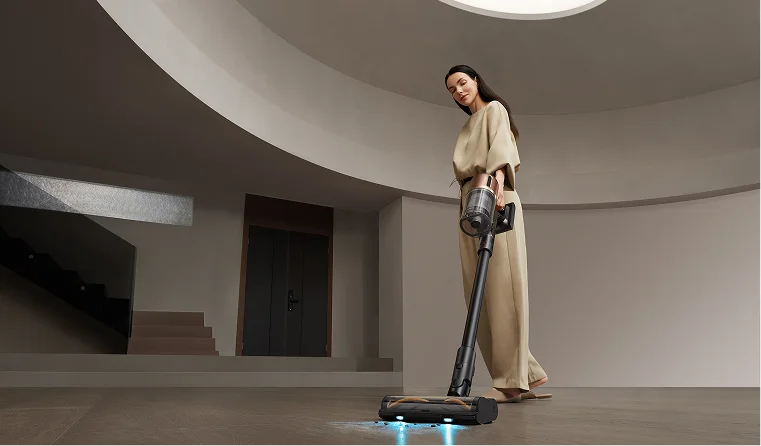
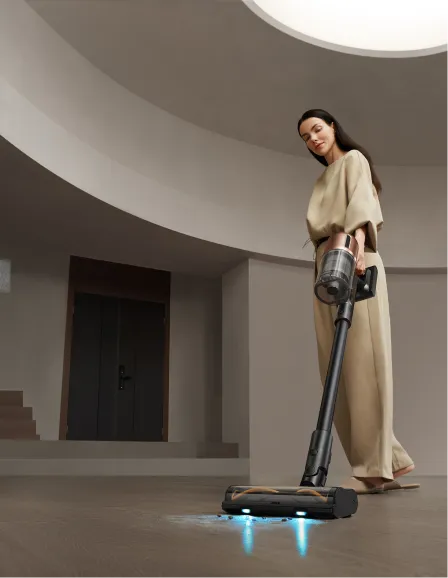
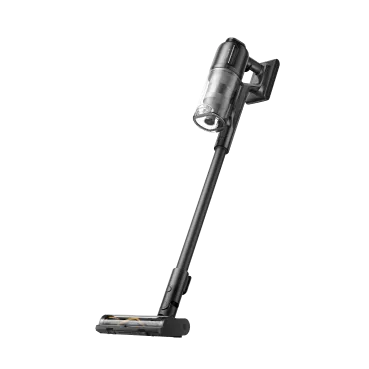
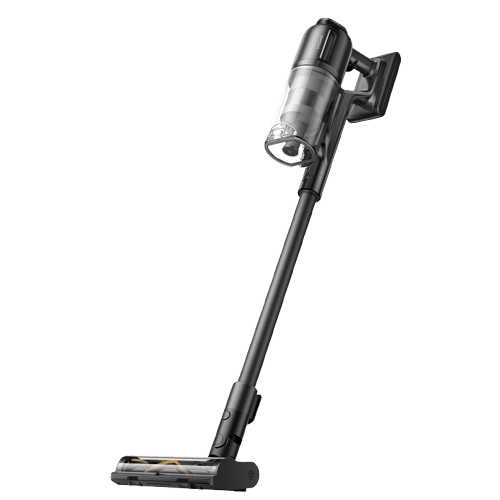
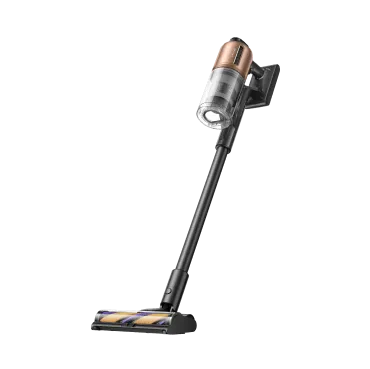
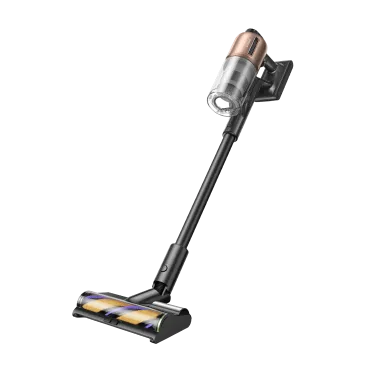
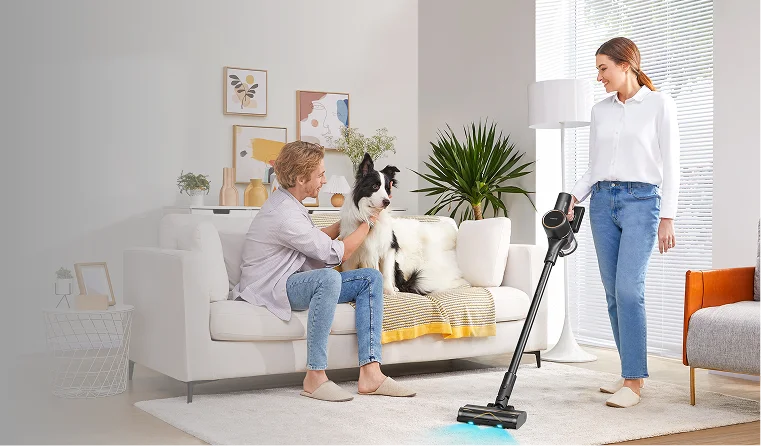
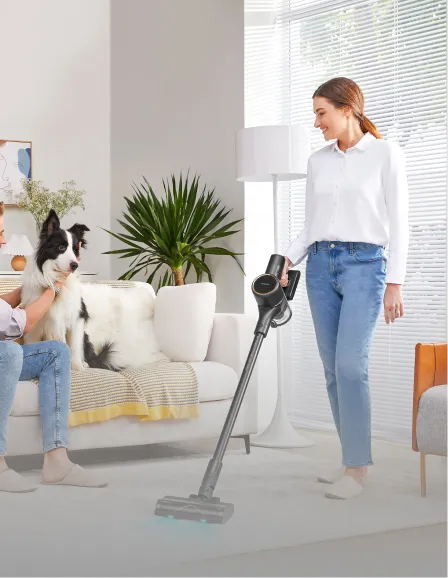
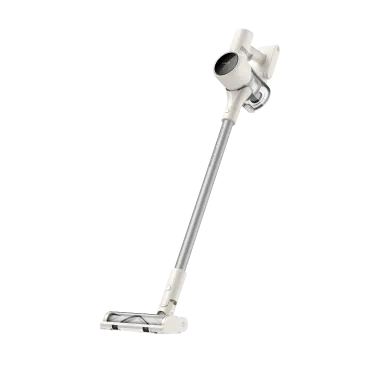
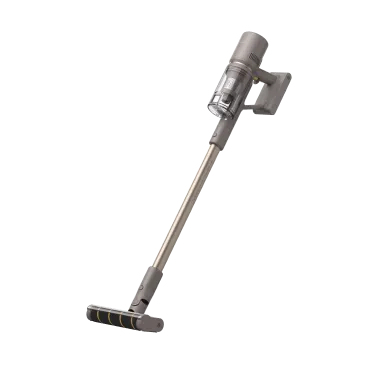
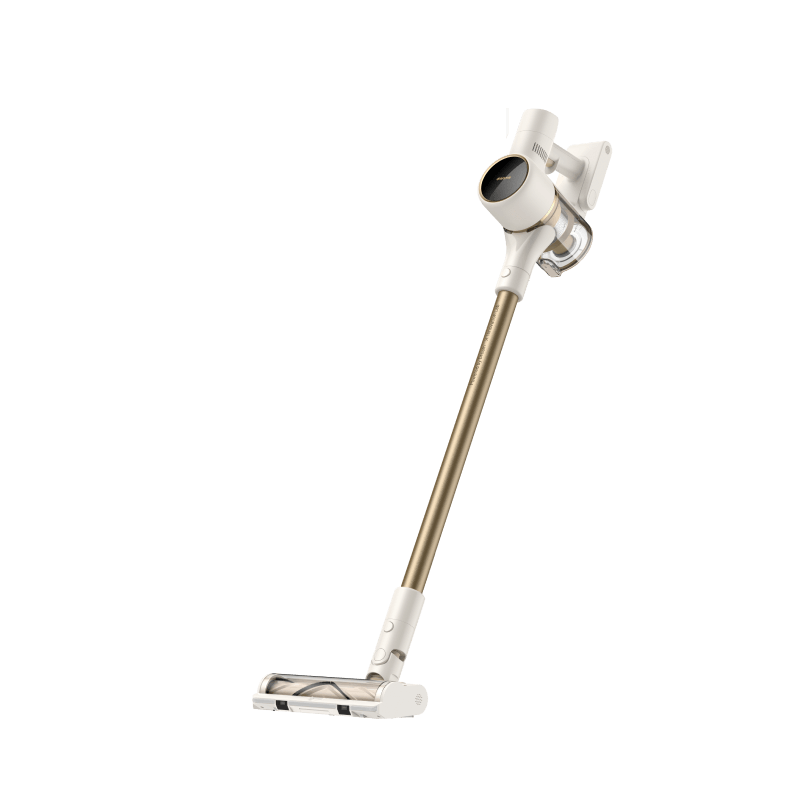
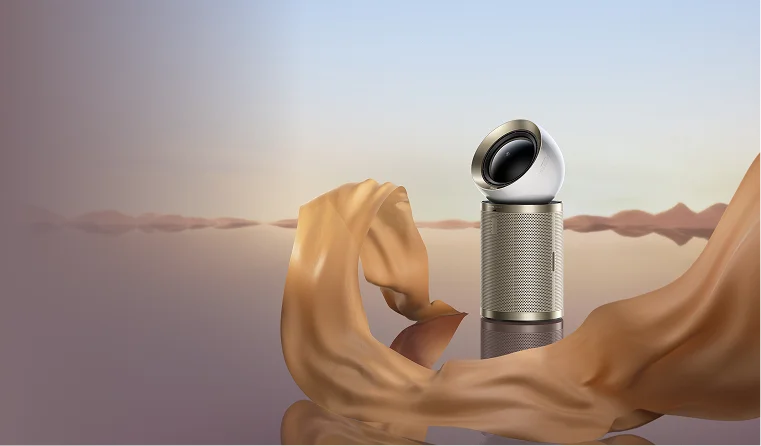
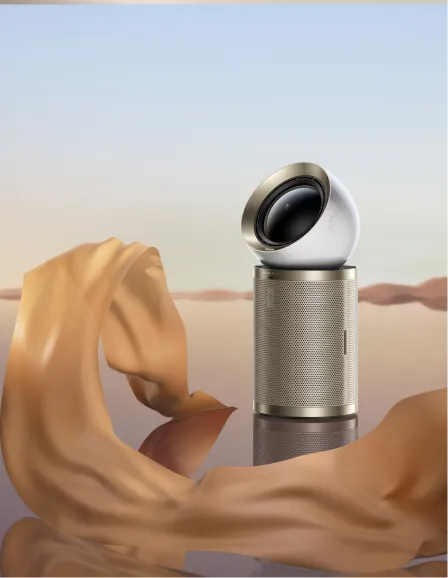

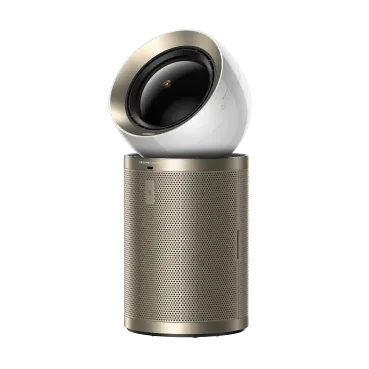

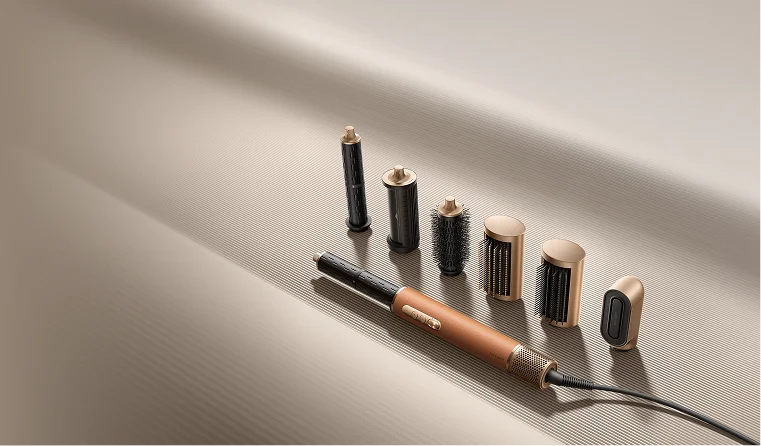
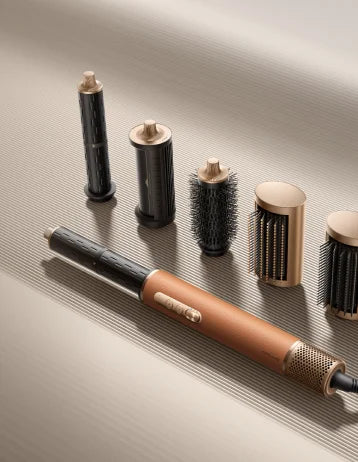
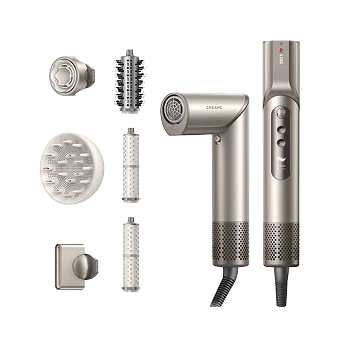
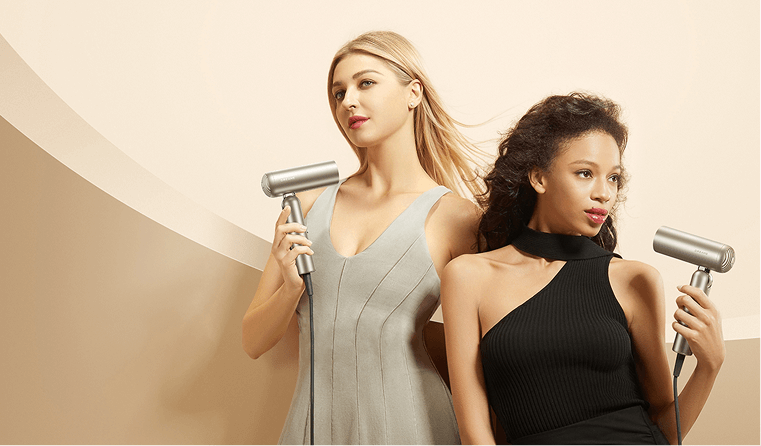

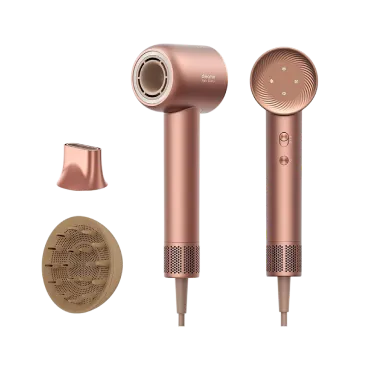
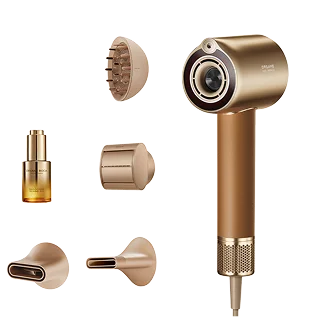
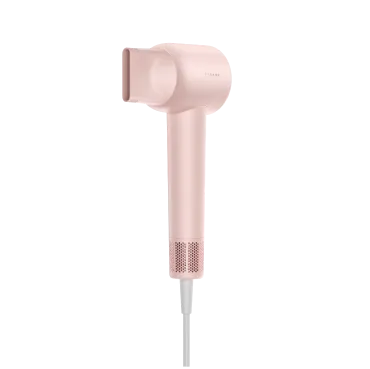


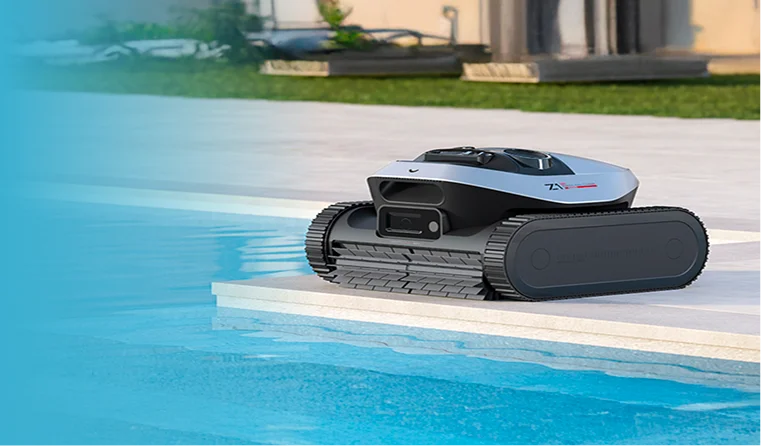
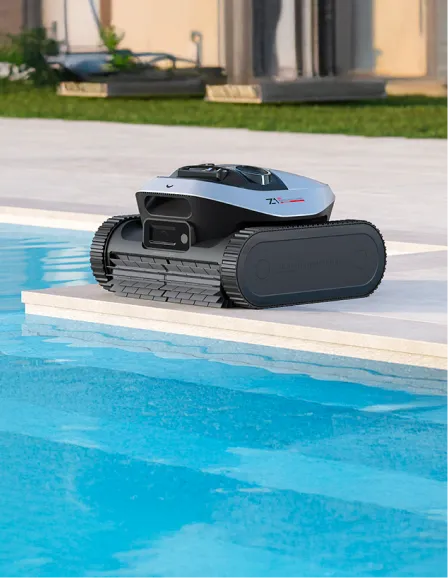
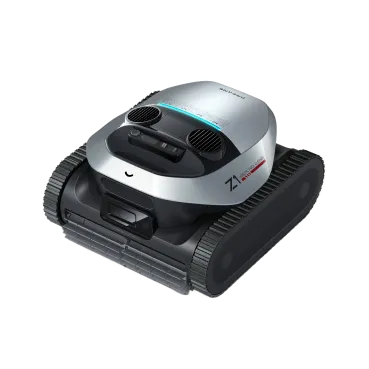
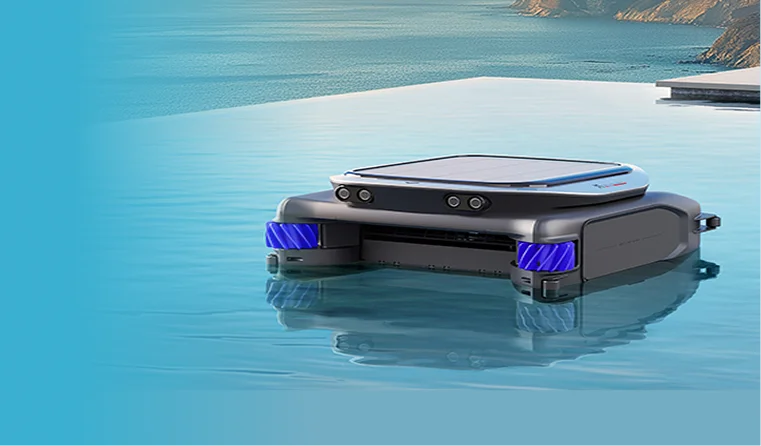
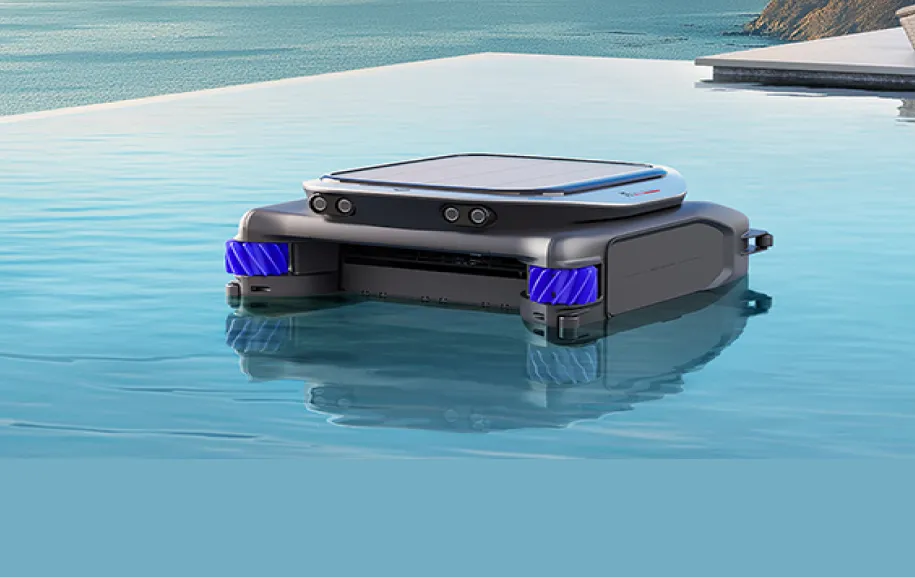










 Australia
Australia 中国大陆
中国大陆 日本
日本


 Türkiye
Türkiye


 Italia
Italia
 Netherlands
Netherlands Belgium
Belgium
 Greece
Greece Polska
Polska
 Norway
Norway
 Sweden
Sweden
 Finland
Finland
 Denmark
Denmark
 Hungary
Hungary Czechia
Czechia
 Slovenia
Slovenia
 Croatia
Croatia
 Switzerland
Switzerland United Kingdom
United Kingdom
 Canada
Canada

